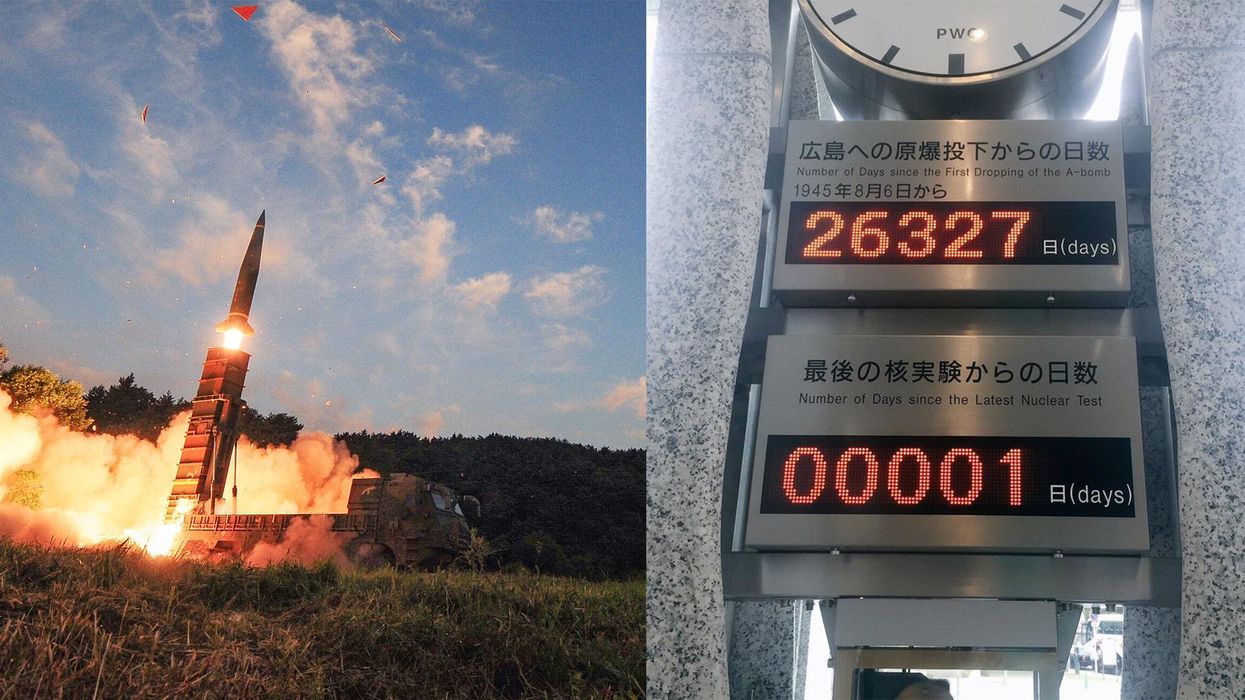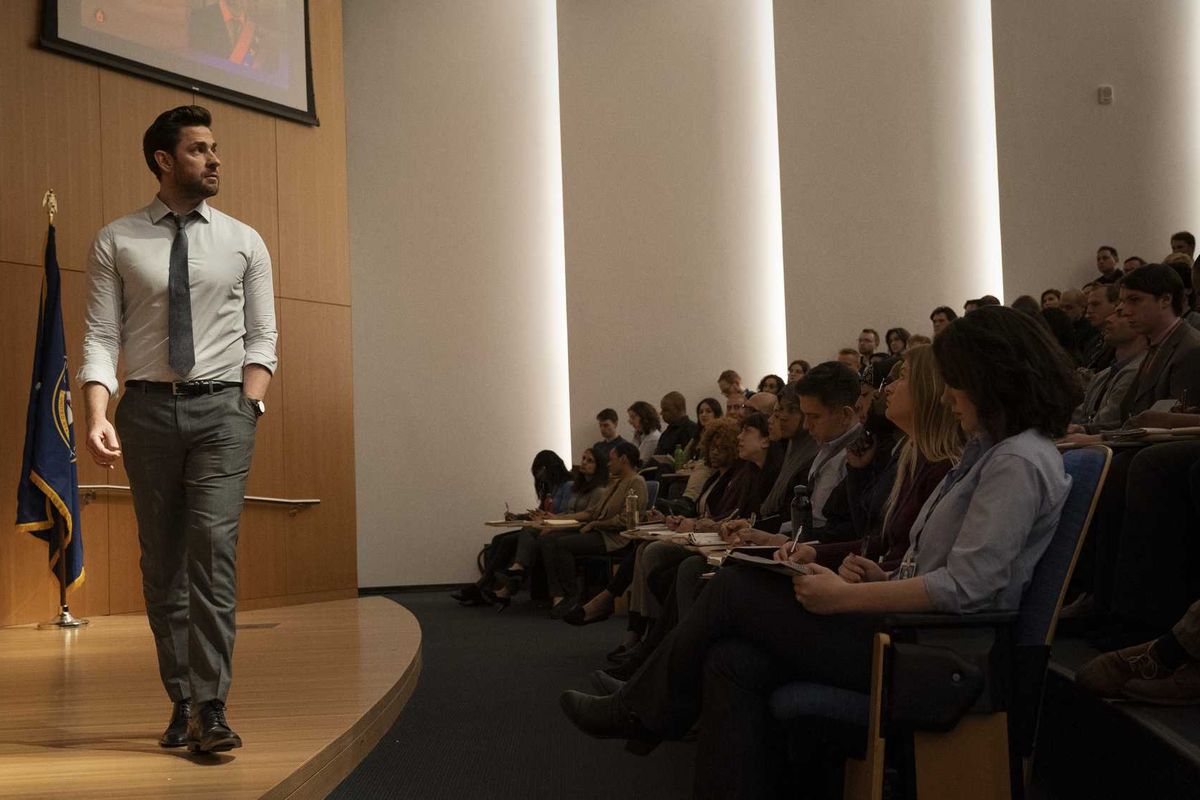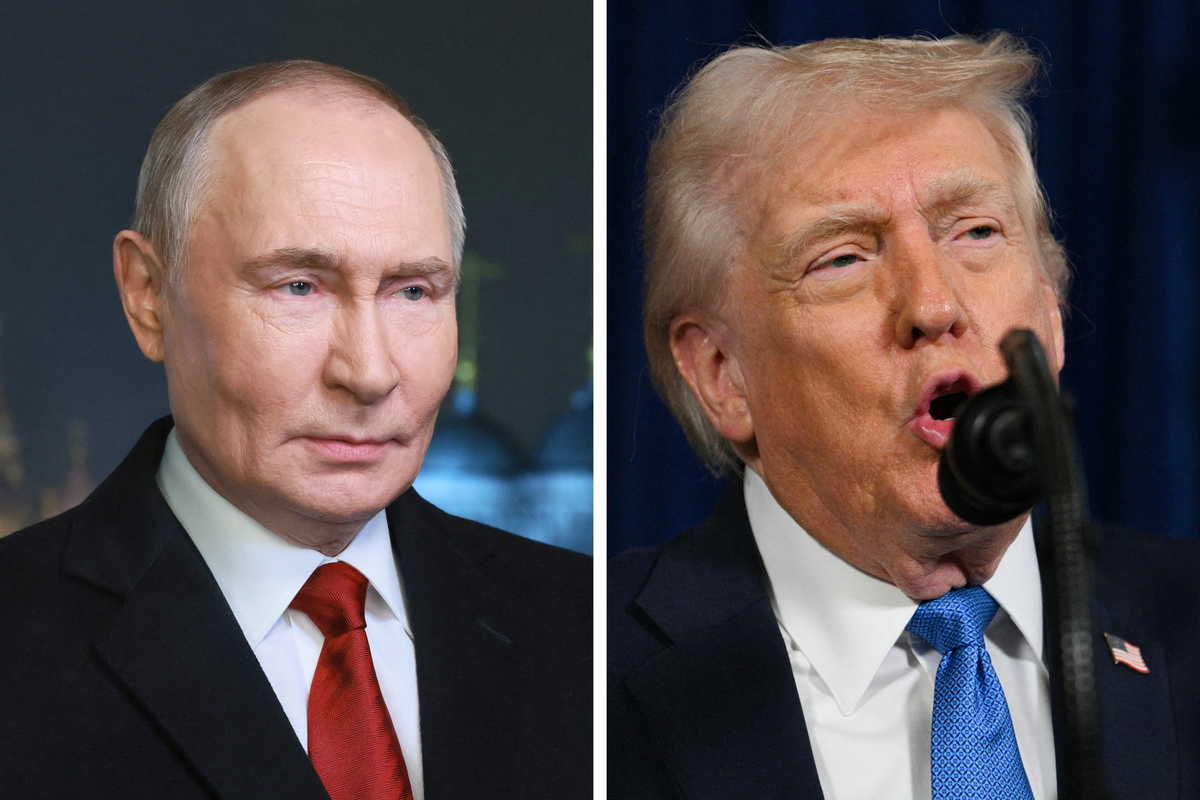
Donald Trump's rhetoric last year towards North Korea alarmed many who saw parallels between Harry Truman's speech to Japan, threatening further atrocities after dropping atomic bombs on Hiroshima and Nagasaki.
The Hiroshima Peace Memorial Museum stands a 10 feet high peace clock, which counts the number of days since the last nuclear test.
A tweet of the clock in Hiroshima sent on 4 September, showed the days being reset, since testing carried out by North Korea at the weekend.
The city commonly registers opposition to nuclear testing by nations with peaceful counter-demonstrations.
A similar reminder to the danger of nuclear weapons is the doomsday clock, curated by the Bulletin of Atomic Scientists.
The project was established in 1945 by scientists, engineers and other experts who were part of the Manhattan Project.
In 1947, through a magazine cover, they set a precedent for counting down the relative time to doomsday in minutes to midnight, depending on world events and the sources of potential man-made catastrophe.
In 2017, their assessment was two and a half minutes to midnight (the second closest its ever been, after 1953) and described:
The probability of global catastrophe is very high, and the actions needed to reduce the risks of disaster must be taken very soon.













